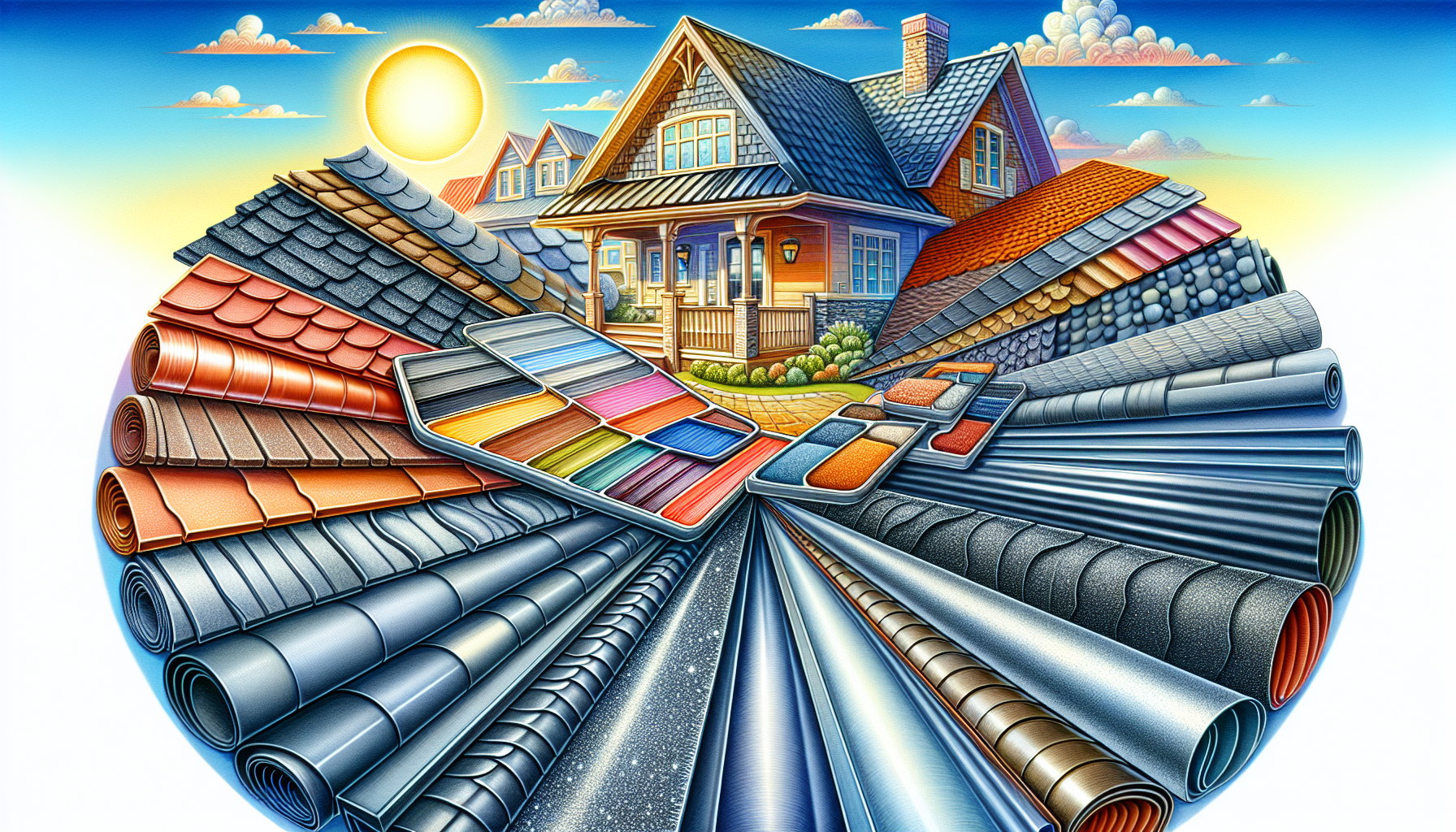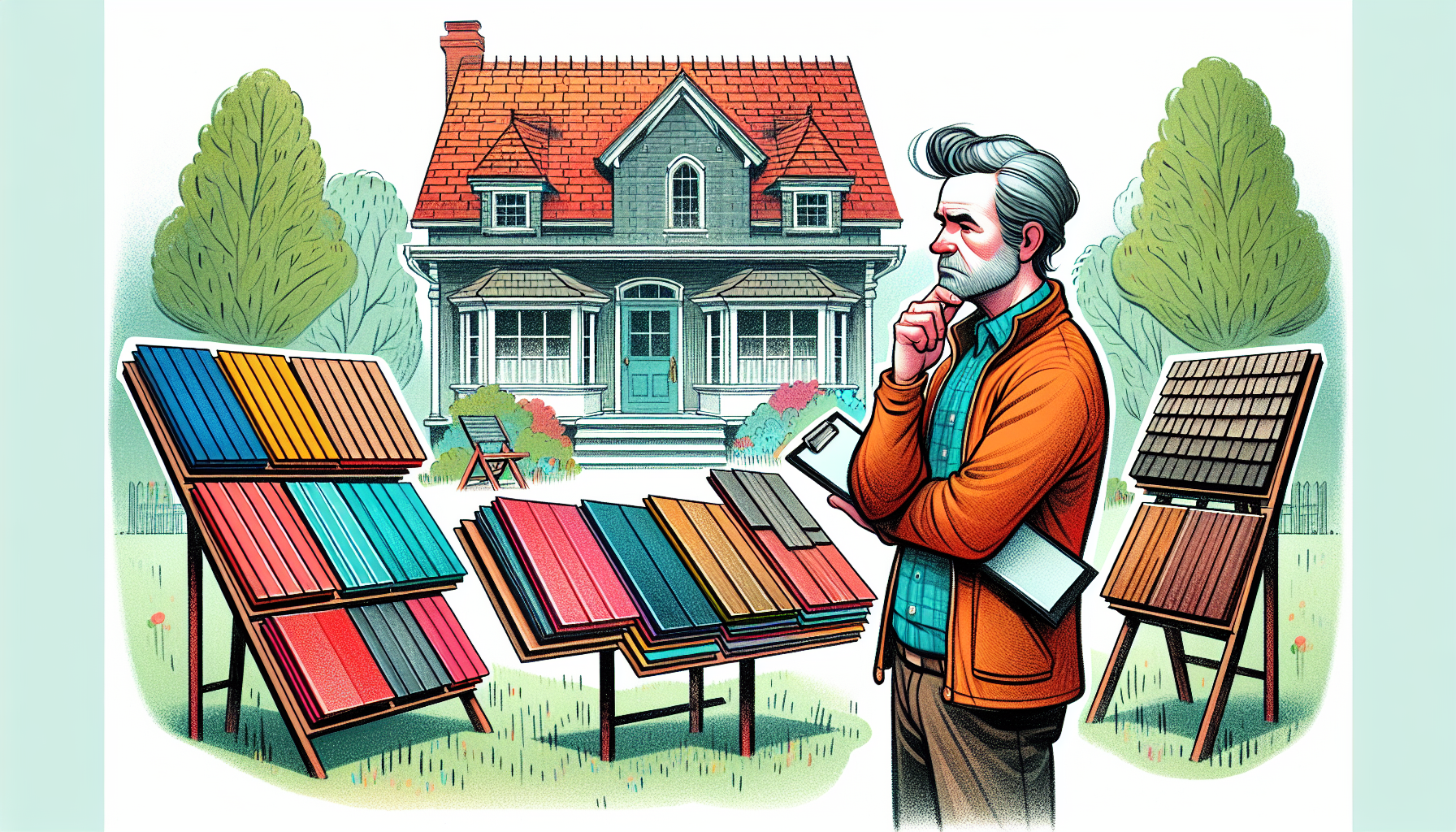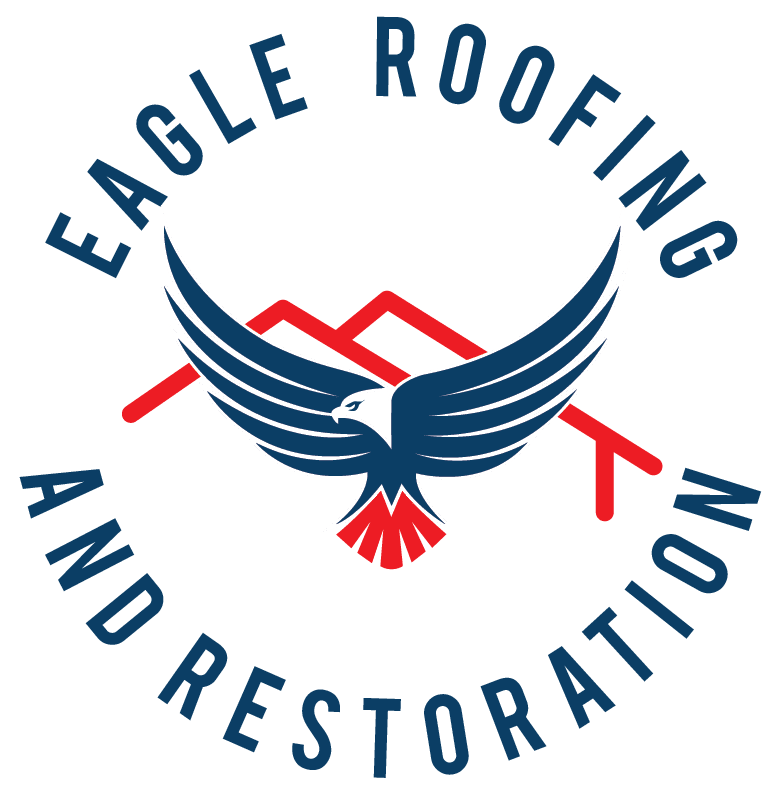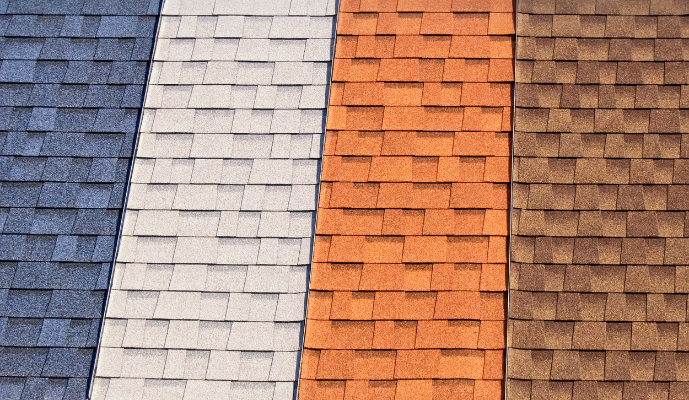Wondering which roof material is best for your home? The answer depends on various factors like budget, durability, appearance, and local climate. In this blog, we break down the most popular roofing options—such as asphalt shingles, metal, slate, and more—to help you make the best roof material decision.
Evaluating Roofing Materials

In the expansive realm of roofing materials, there exists a wide array of choices to suit various requirements and tastes. Options range from the widely favored asphalt shingles to the elegant, natural slate top roofs, each bringing its distinct benefits and factors for consideration.
Investigating the distinctive features and advantages offered by well-known roofing materials will provide clarity on what each brings to the table and how they align with your individual needs.
Asphalt Shingles
In the United States, asphalt shingles top the list as the most prevalent roofing material, with over 80 percent of residences featuring this affordable and adaptable, composite shingles on their roofs. Among them, architectural shingles stand out for their robustness and visual attractiveness, which makes them a favored selection among many property owners.
For those who prefer to take matters into their own hands and are looking to economize, asphalt roll roofing offers an economical alternative. This kind of roofing material is straightforward in terms of both installation and upkeep, presenting a pragmatic choice for individuals mindful of their finances.
Metal Roofing
Metal roofs are highly regarded for their robustness and capacity to conserve energy. They can be procured in numerous configurations such as panels, sheets, and tiles, providing a vast selection of hues and styles that enable property owners to craft an updated and streamlined appearance. Standing seam metal roofing is especially recognized for its minimal upkeep demands and extended service life due to being crafted from sturdy materials like steel, aluminum, copper, or zinc.
The upfront expenditure on standing seam metal roofing may be steep, with complications arising when trying to find identically colored replacements for damaged panels. Despite these potential issues associated with standing seam metal roofs. The considerable lifespan coupled with energy cost reduction typically compensates for the initial investment over time.
Slate Roofs
Slate roofing is emblematic of both opulence and endurance. With the ability to endure over a century, slate roofs rank among the most durable options for covering homes. Slate roof tiles are crafted from natural stone, which not only confers robustness but also imparts an exclusive visual charm with its availability in an array of 15 hues that include shades like black, various greens, reds, and whites – making it a superior selection for those desiring distinctive beauty.
Due to their substantial weightiness, additional structural reinforcement is necessary to sustain the home’s structural integrity when installing slate roofs. Despite this need for extra support and infrastructure is relatively minimal considering what you gain.
Clay Tile Roofing
The aesthetic appeal of clay tile roofs, often found atop Mediterranean or Spanish-style residences, is timeless. Their distinctive look stems from the semi-cylindrical shape and interlocking design of Spanish barrel tiles that not only contribute to a roof’s visual attraction but also provide remarkable resilience and longevity. With an array of 17 hues available, these clay tiles offer ample opportunity for bespoke mixing and matching to forge distinct rooftop aesthetics.
Despite their robustness, clay tiles are susceptible to cracking when subjected to harsh conditions concrete and clay tiles thus necessitate careful upkeep. Skilled professionals such as Eagle Roofing must undertake the installation process to ensure the peak performance of these tile roofs.
Concrete Tile Roofs
Renowned for their robustness and adaptability, concrete tile roofs consist essentially of a mixture of sand, cement, and water. They are crafted to resemble more lavish materials such as slate or cedar wood shakes above, providing homeowners with an upscale aesthetic at a lower cost.
Concrete tiles boast significant endurance against diverse weather conditions, presenting a durable roofing option that necessitates little upkeep.
Wood Shingle Roofs
The natural and rustic appeal of wood shingle roofs makes them an attractive option for homes that embody traditional or cottage aesthetics. Cedar shakes, which are a popular form of wood shingles, boast both endurance and eco-friendliness. To avoid problems such as rot, mold, and fungus infestations, these types of asphalt shingle roofs necessitate consistent upkeep.
Factors Influencing Your Choice of Roofing Material

Selecting the appropriate roofing material requires a careful assessment beyond aesthetic preferences. The durability of the roofing material, its ability to withstand local weather conditions, and how it complements your home’s design are crucial considerations that can guide you toward making a well-informed decision tailored to your particular requirements.
Longevity and Durability
The durability of roofing materials can greatly differ. Metal roofs, which may incorporate robust metals like aluminum and zinc, have a substantial lifespan ranging from 75 to 80 years. Conversely, the standard composite asphalt shingle roof has a maximum expected life of around 30 years. Luxury asphalt shingles can also endure for an equivalent duration owing to their more substantial construction.
Roofing made from slate stands out as one of the most enduring options solar roof is available—capable of withstanding conditions for anywhere between half a century to two full centuries—and is notably resistant to fire and harsh weather phenomena.
Climate Compatibility
The appropriateness of roofing materials is significantly influenced by the specific conditions of the local climate. For example, clay tiles are exceptionally resistant to fire and capable of enduring wind speeds as high as 150 miles per hour, which renders them perfect for regions that experience high winds and intense heat. In a similar vein, metal roofing effectively reflects sunlight back into the atmosphere, thereby assisting in lowering cooling expenses within hot climates.
In areas characterized by abundant rainfall, it is advisable to opt for roofing options like composite tiles that excel at handling substantial rain without allowing water accumulation. It’s also vital for these roof materials to be impermeable to water so they can offer protection against potential damage from persistent dampness.
Aesthetic Appeal
The visual appeal of roofing materials plays a pivotal role in determining the exterior charm of your dwelling. With its cost-effectiveness and array of choices, asphalt shingles provide an assortment of patterns and hues that can elevate the aesthetic appeal of your residence.
It’s crucial to consider not just the practical aspects but also how well your roof’s appearance meshes with both your individual taste and the architectural style that characterizes your home.
Popular Roofing Materials for Specific Needs
Every roofing material has its unique advantages, making some more appropriate for certain requirements than others. If you have a particular focus such as cost-efficiency, long-term resilience, or ecological sustainability of wood roofing only, rest assured that there is a roofing material designed to meet your specifications.
Best for Budget
Recognized for their affordability and ease of installation, asphalt shingles represent a cost-effective choice for homeowners who are mindful of their budget. Their prevalence in the United States underscores their popularity among those seeking to minimize roofing expenses with an asphalt shingle roof.
For structures like flat roofs and sheds, rolled roofing serves as a similarly economical alternative. Its swift and inexpensive installation process renders it appealing to individuals operating within stringent financial constraints. Both rolled roofing and asphalt shingles provide viable options catering to those looking for cost-efficient roofing solutions.
Best for Durability
Slate is renowned for its exceptional durability and is often cited as one of the top roofing materials, with the potential to endure over 100 years. Metal roofs are equally appreciated for their robustness, providing strong resistance against harsh weather elements and offering longevity that surpasses many alternative roofing options.
The specific variety metal roof known as standing seam metal roofs is noted for their extended service life ranging from 30 to 50 years. This duration can be influenced by factors including the quality of installation and consistent maintenance efforts.
Best for Environmental Impact
Homeowners are placing a growing emphasis on sustainability when it comes to selecting the best roofing materials around. Metal roofing, for example, stands out as more eco-friendly compared to options such as wood shingles and concrete tiles due to its reduced environmental footprint. Composite slate roofing constructed from recycled elements like rubber or plastic presents an option that is not only environmentally conscious but also lightweight and resilient.
Choosing the Right Roofing Material for Your Home

When choosing the right roofing material for your residence, it’s essential to take into account several aspects such as affordability, longevity, suitability for local weather conditions, and visual attractiveness. Making an informed decision in this regard can not only increase the exterior charm of your home but also bolster its energy conservation and diminish upkeep expenses.
Summary
In essence, selecting the appropriate roofing material requires a thoughtful consideration of several factors including expense, resilience, aesthetic value, and ecological effects. The range extends from cost-effective asphalt shingles to durable slate roofs. Each option presents distinct advantages tailored to varying requirements.

